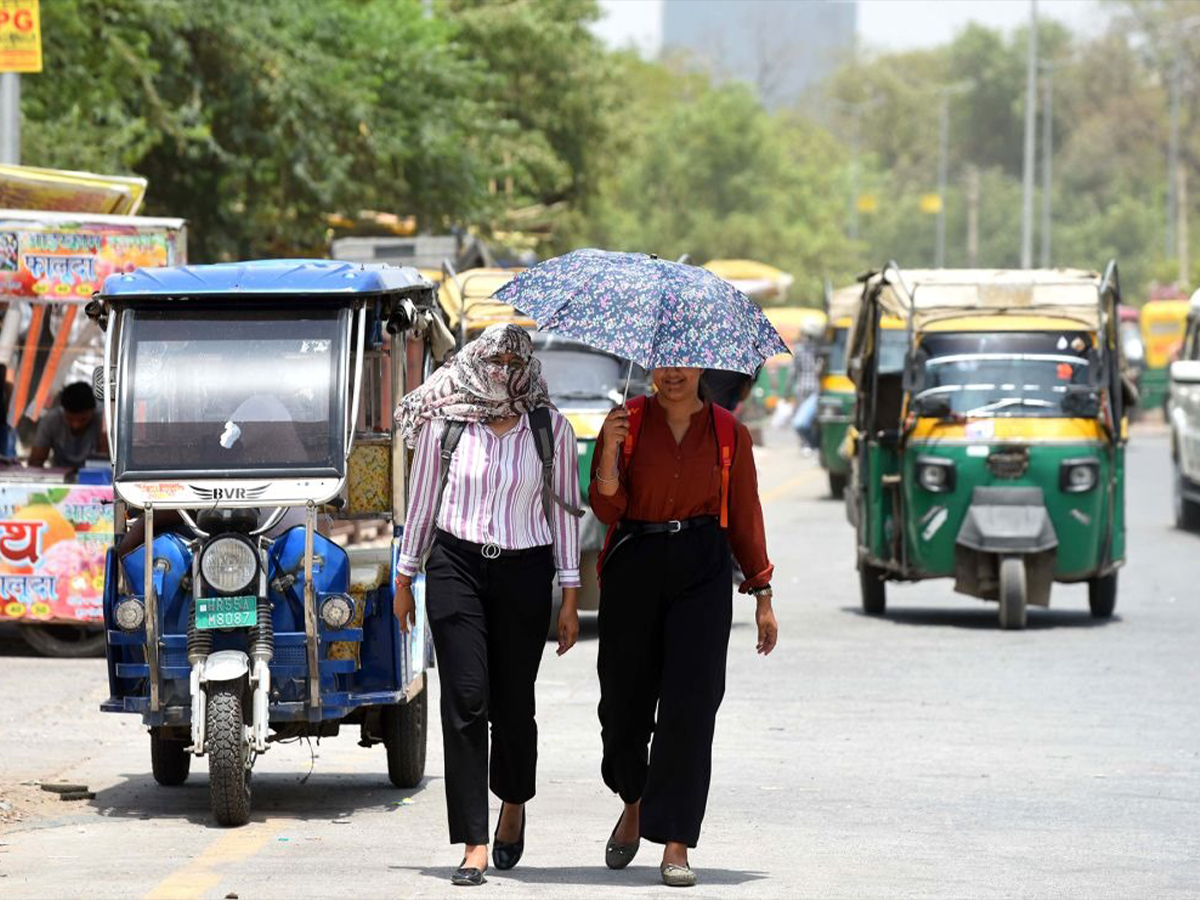
Asia Dominates the List of the World’s Fastest-Heating Capitals
The world’s largest capital cities are experiencing more extremely hot days than ever, driven by rising temperatures across Asia as the climate crisis worsens. A new study by the International Institute for Environment and Development (IIED) shows a 52% increase in days exceeding 35 degrees Celsius (95 degrees Fahrenheit) in the world’s 20 most populous cities over the past three decades.
These cities, home to over 300 million people, are seeing more extremely hot days due to rising human-caused greenhouse gas emissions.
From Buenos Aires to Paris and Cairo, major capital cities are recording increasing numbers of extremely hot days, threatening human health, economies, and infrastructure.
IIED senior researcher Tucker Landesman emphasized that climate change is not just a future threat but is already happening and worsening, with the urban heat island effect exacerbating the situation. This effect occurs when cities replace natural land with roads and buildings that retain more heat.

Asian cities, which constitute about half of the world’s most populous capitals, saw significant temperature increases. The region’s vulnerability to climate risks is heightened by its high population density, poverty, and a large proportion of people living in low-lying areas prone to natural disasters.
New Delhi recorded 4,222 days above 35 degrees Celsius in the past three decades, the highest among the analyzed cities. In late May, parts of Delhi reached 49.9 degrees Celsius (121.8 degrees Fahrenheit), straining India’s electricity grid and power supply and leaving residents with little respite from the heat.
Other cities, including Jakarta, Seoul, and Beijing, have also seen significant rises in extremely hot days. Jakarta experienced a notable increase from 28 days over 35 degrees Celsius between 1994 and 2003 to 167 days from 2014 to 2023.
Seoul saw 21 days over 35 degrees Celsius in 2018 alone, more than the previous 10 years combined. Beijing’s number of extremely hot days has increased by 309% since 1994.

Cities are also facing longer stretches of high temperatures as governments fail to meet climate targets and curb emissions sufficiently. For instance, Jakarta experienced 30 consecutive days over 35 degrees Celsius in October 2023, more days than during the entire period from 1994 to 2003.
Extreme heat poses deadly risks, especially to vulnerable groups without access to cool spaces, and has severe impacts on economies, reducing labour productivity and damaging infrastructure.
A 2022 Dartmouth College study estimated that extreme heat has cost the global economy trillions of dollars since the early 1990s, disproportionately affecting the world’s poorest and lowest-emitting countries.

Landesman emphasized that responding to extreme heat requires bold action from policymakers, including significant investments to adapt to this new reality. He noted that many cities lack the political will and governing tools to address climate change effectively.



